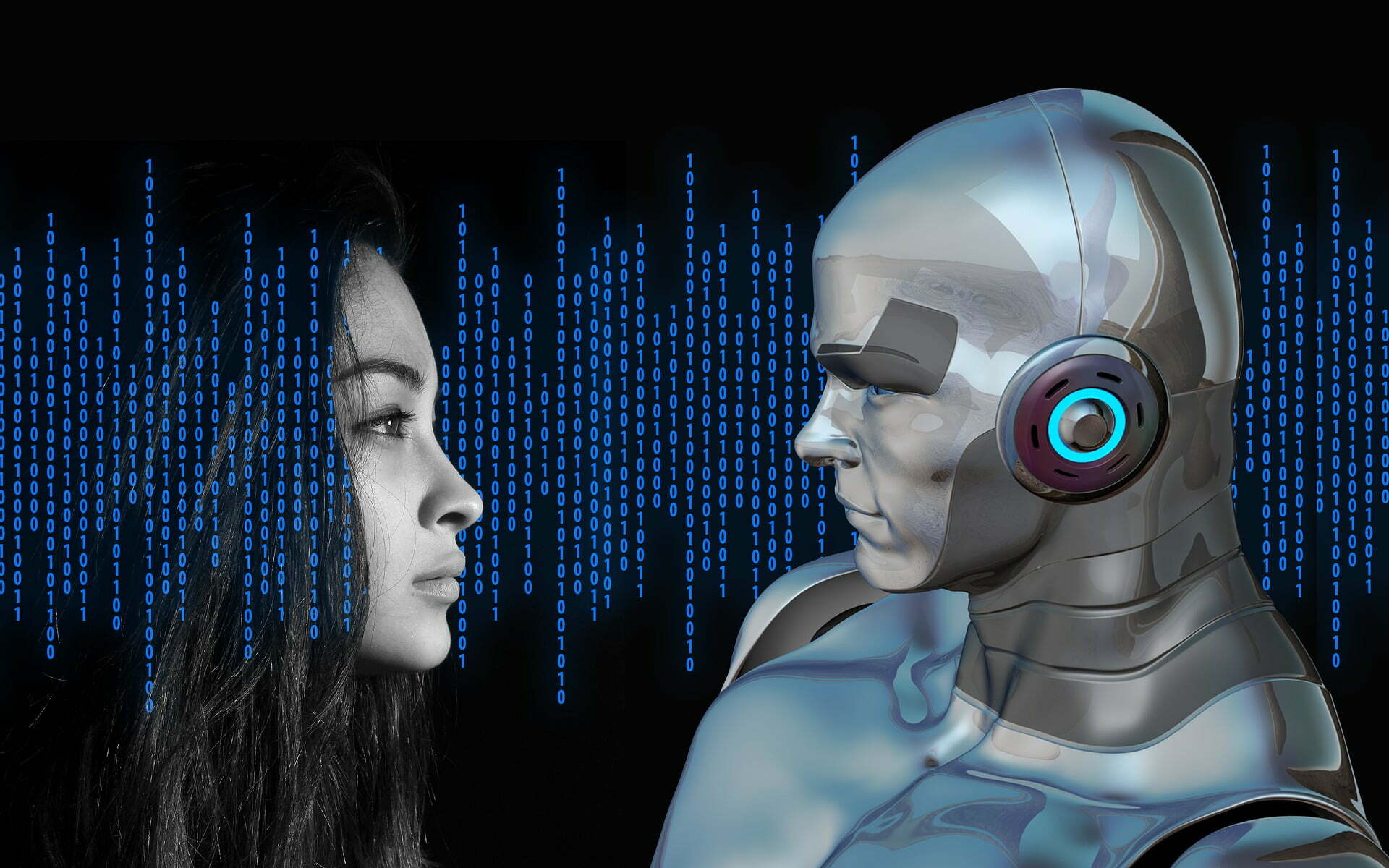Artificial intelligence has revolutionized various industries, including the realm of art. With the rise of generative algorithms, AI has the capability to create stunning and thought-provoking artworks. However, as the field of AI art continues to expand, it brings to light a complex set of ethical and legal questions surrounding ownership and authorship.
One of the key challenges in AI-generated art is determining who should be credited as the creator. Unlike traditional art, where a human artist brings their unique vision and skill to the creation process, AI art involves algorithms that autonomously generate images or sculptures. This raises questions about the role of the human artist and the extent of their creative input.

The concept of ownership becomes particularly murky in AI art. Who owns the copyright to an artwork created by an AI algorithm? Is it the programmer who developed the algorithm, the owner of the AI system, or the AI system itself? These questions challenge the traditional notion of artistic authorship, which is deeply rooted in human creativity and intention.
Legal frameworks have struggled to keep pace with the rapid advancement of AI art. Copyright laws, for instance, are designed to protect the rights of human creators. However, they may not adequately address the unique nature of AI-generated artworks. In some cases, legal disputes have arisen when AI art is sold or exhibited without clear consent from all parties involved.
Furthermore, the democratization of AI art tools and platforms has led to the proliferation of AI-generated artworks by individuals who may not have a background in traditional art. While this opens up new avenues for creativity, it also raises questions about the quality and originality of AI-generated art. Is the proliferation of AI art diluting the value of human artistic expression, or is it expanding the boundaries of creativity?
Another aspect to consider is the potential for AI-generated art to perpetuate biases present in the datasets used for training the algorithms. If the training data predominantly represents a certain demographic or cultural perspective, the AI-generated art may inadvertently reinforce those biases. This raises concerns about inclusivity and representation in AI art and calls for careful curation and diverse training datasets.
As we navigate the complexities of AI art, it is crucial to engage in discussions about ethics, ownership, and authorship. Artists, programmers, legal experts, and policymakers must come together to address these challenges and establish frameworks that protect the rights of all stakeholders involved. This may involve developing new legal regulations, exploring alternative licensing models, or creating platforms that facilitate collaboration between human artists and AI systems.
Ultimately, the dark side of AI art lies in the uncertainty and ethical dilemmas it presents. While AI-generated art offers exciting possibilities for creativity, it also raises profound questions about the nature of artistic authorship, ownership, and the role of AI in the creative process. By addressing these challenges head-on, we can shape a future where AI art coexists harmoniously with human artistry, ensuring that both are valued and protected in the age of generative algorithms.

